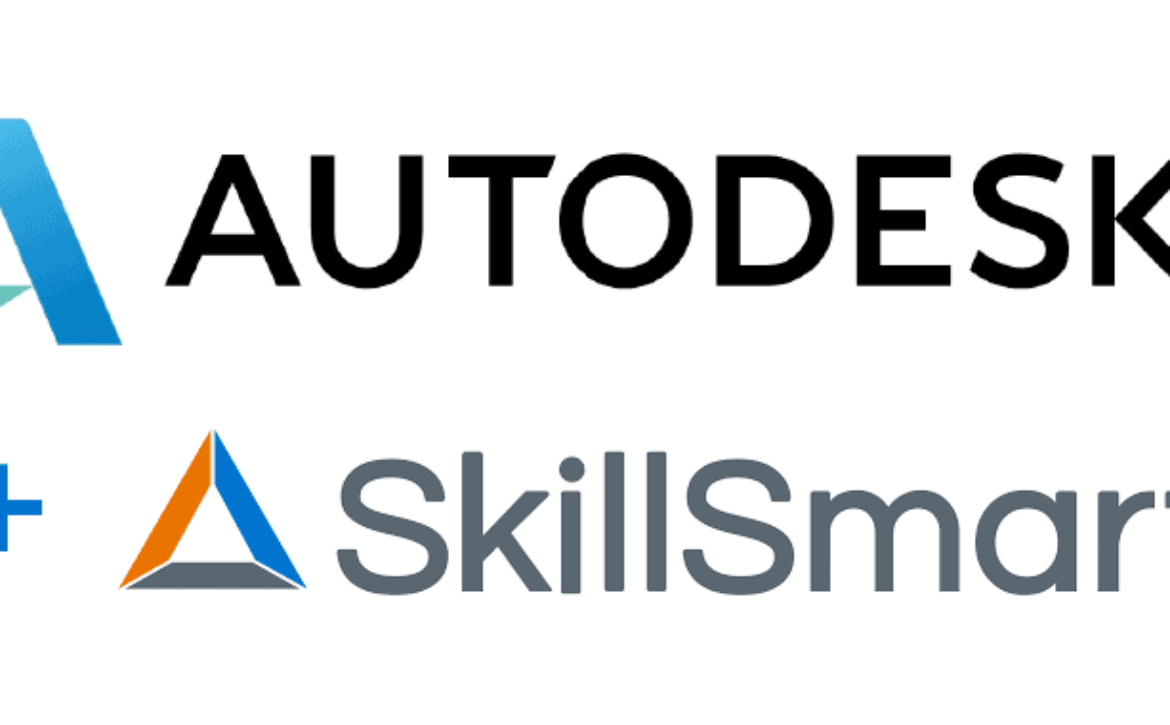SkillSmart Announces Integration with Autodesk Construction Cloud
Beginning today, SkillSmart’s Insight construction compliance tracking and reporting platform will integrate BIM 360®, a construction management software part of Autodesk Construction Cloud™.
This seamless integration enables joint customers to stay informed about on-site construction progress and make critical project management decisions with real-time data, including diversity and inclusion data points. With the simple addition of a Partner Card to BIM 360’s Project Home dashboard, customers can view InSight’s regularly updated workforce, vendor, and key performance metric data directly on their project management home-base.
InSight’s best-in-class collection, monitoring and reporting technology empowers users to collect critical data – such as labor hours, payroll, diverse and local workforce utilization, contractor wages rates, MBE participation, and supplier tracking – and track the insights and stories needed to remain competitive. By adding the SkillSmart InSight Partner Card to BIM 360, project teams can reduce their administrative work, improve project management decision making, and enhance communication with their clients and stakeholders.
“We are excited to partner with Autodesk Construction Cloud to address one of the most significant challenges facing the construction and infrastructure industry today,” said Jason Green, Co-Founder of SkillSmart. “We believe for the industry to remain relevant and grow, it must demonstrate its impact on local communities. This integration allows joint customers to receive key real-time data on critical metrics to meet specific compliance requirements, and also to set goals, measure progress and demonstrate the economic impact of projects.”
“Construction teams today collect a wealth of data in their digital solutions,” said James Cook, head of integrations at Autodesk Construction Solutions. “By leveraging that data to make informed decisions, teams can yield significantly more productivity. With the addition of the InSight Partner Card, our customers can monitor SkillSmart’s compliance & reporting information alongside the critical building data in BIM 360 for a holistic view of their projects.”
Customers can simply add the SkillSmart Partner Card to their BIM 360 Project Home dashboard by following these steps.
SkillSmart, with its comprehensive solution, is helping project owners, developers, and general contractors across the country collect, monitor, and report data in a new way to move beyond just compliance. Businesses and the people who employ them are the cornerstones of healthy communities. Skillsmart’s InSight platform is the new platform for compliance tracking of subcontractors, data reports to local governments, and employee tracking during construction projects to ensure local and diverse resources participate in economic development.
Learn More





 First published by
First published by 
 First published by
First published by 
 First published by
First published by 






